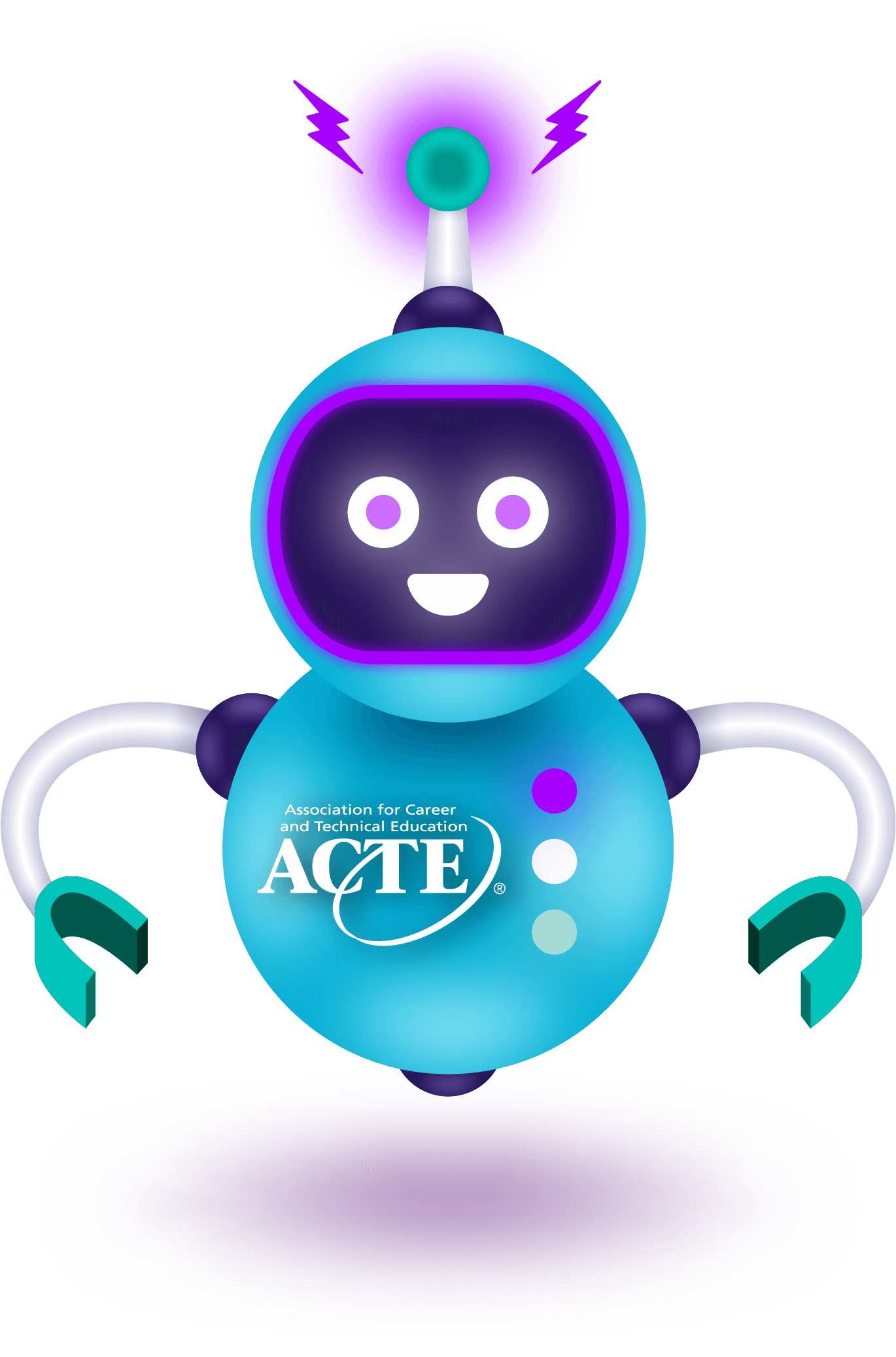After months of negotiations and revisions, President Trump signed the final reconciliation bill, the One Big Beautiful Bill Act, over the July 4th weekend. The final bill included several significant provisions for education. This series will take a closer look at several of these provisions, starting with the expansion of Pell Grant eligibility for short-term training programs, a long-standing priority for ACTE.
Under the new law, students will be able to use Pell Grants for programs between eight and 15 weeks, covering 150 to 599 clock hours of instruction. This is a major shift aimed at making workforce training more affordable and accessible for students who need to quickly upskill or reskill. The total amount of funding available to students through these “Workforce Pell” grants will be prorated based on the number of clock hours, credits or weeks of instruction.
To be eligible for short-term Pell, a program must align with high-skill, high-wage, or in-demand industry sectors or occupations and must lead to a recognized postsecondary credential, in most cases that is stackable and portable across more than one employer. The program must also provide credit toward a related certificate or degree program, and have been offered for at least one year prior to becoming Pell eligible.
Several quantitative requirements are also included for eligibility, including that the program must have a completion rate of at least 70% within 150% of the normal time to completion, have a job placement rate of at east 70% measured 180 days after completion, and have costs that do not exceed the median value-added earnings of graduates (determined by comparing median wages after three years and 150% of the federal poverty line). Both the Governor of a state and the Department of Education will play a role in approving programs for short-term Pell.
The final version of Short-Term Pell is narrower than earlier drafts. The original proposal would have extended eligibility to unaccredited programs, but the Senate parliamentarian ruled that this provision violated reconciliation rules. Lawmakers ultimately removed that language to ensure the bill’s compliance. Non-credit programs are not specifically excluded from the bill, but the Department of Education will have to decide whether they can demonstrate the necessary equivalency to qualify for funding.
Implementation of Workforce Pell is slated for July 1, 2026, aligning with the 2026–2027 academic year. ACTE will provide more guidance in the coming months to ensure a smooth rollout for our members as the implementation begins.
ACTE will continue to post about the various provisions included in the One Big Beautiful Bill Act. If you have any questions or would like to discuss this more in-depth, please contact ACTE’s Government Relations Manager, Jimmy Koch (jkoch@acteonline.org).







